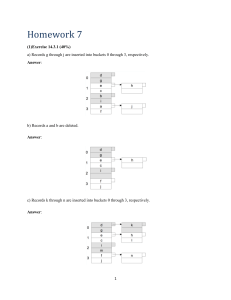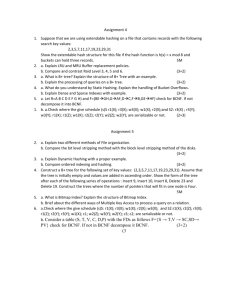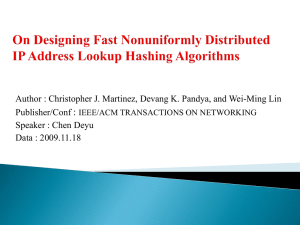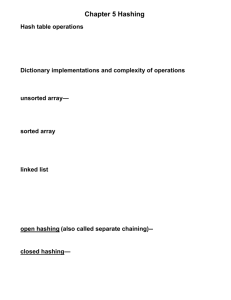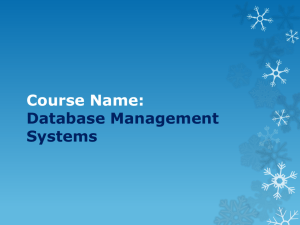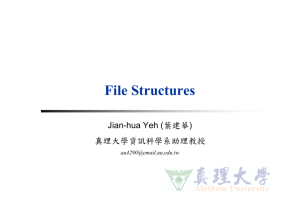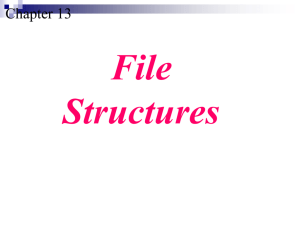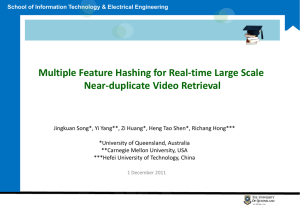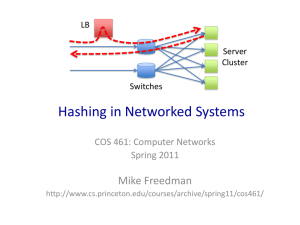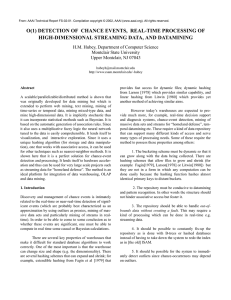NSSTG Carrier Ethernet Software Strategy Strawman
advertisement
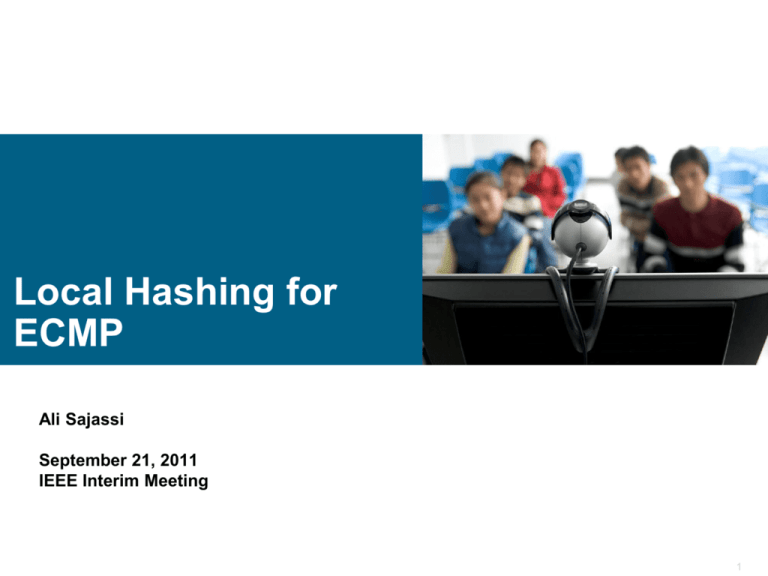
Local Hashing for ECMP Ali Sajassi September 21, 2011 IEEE Interim Meeting 1 Why Local Hashing When multiple equal-cost links are used to connect to adjacent .1Qbp nodes, the decision as to which of the links to use for traffic forwarding can be different among different nodes in the network The ordered list for equal-cost links is not propagated in IS-IS LSP and thus an edge node view can be different from an interim node In such cases network-level FM and PM cannot monitor specific paths (each consisting of specific set of nodes and links) In such cases flow-level FM/PM may be our only choice 2 ECMP w/ multiple equal-cost links ECMP view to J from A: - B1, C, E - B2, C, E - B, D1, E - B, D2, E A ECMP view to J from B: - B2, C, E C - B1, C, E B1 - B, D2, E B2 - B, D1, E B E J C1 C2 D Since A and B have different view of the ordered list, then hashing of the same parameters with same algorithm (h2) can have different results 3 Why Local Hashing In scenarios where flow-level FM/PM is all that is needed (versus network-level monitoring), then it is O.K. to use local-hashing for ECMP selection in order to: - Have more hashing options at our disposal - Have better entropy and thus better results for hash calculation (16 bits versus many more bits) - To enable additional hashing functionality w/o sacrificing any of the existing functionality 4 How to do Local Hashing Two level of local hashing: link selection versus node selection - In case of link selection, local hashing can be used for selection among multiple equal-cost links to a given neighbor - In case of node selection, local hashing can be used for selection among multiple ECMPs when flow-id is zero 5 6

